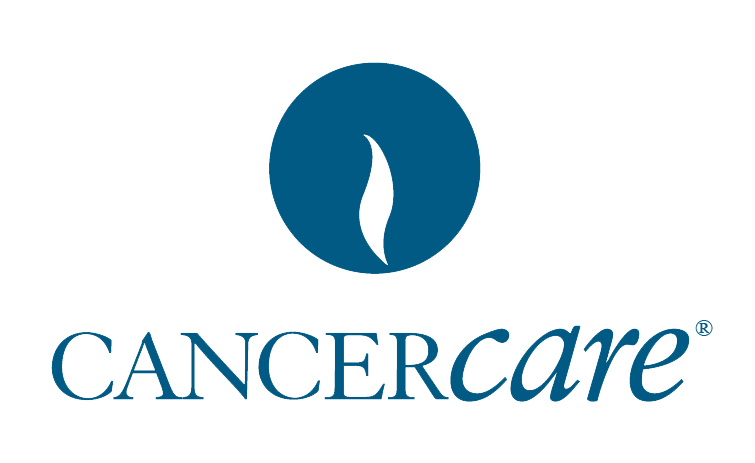
Lung Cancer Advocacy Groups Play Important Role in Biomarker Testing

Given their proximity to both patients and information, lung cancer advocacy groups are in a good position to help better educate patients and physicians about the benefits of biomarker testing.
By testing for and identifying the mutations that can cause lung cancer, doctors are able to provide targeted therapies that can improve survival and quality of life of their patients. However, despite the increasing availability of drugs to target these mutations, particularly in advanced-stage lung cancer, biomarker testing is still seen as an optional service by patients — and is often presented as one by health care teams.
But given their proximity to patients and information, lung cancer advocacy groups are in a good position to help change that misconception and better educate patients and physicians about the benefits of biomarker testing, according to a whitepaper recently published by CancerCare.
Earlier this year, CancerCare hosted a roundtable discussion with directors from various lung cancer advocacy organizations and key opinion leaders in the lung cancer space to bridge the gap and align on strategies that would provide physicians and patients in the lung cancer space with all the information they need to provide — and receive – the most effective treatment.
Participants included representatives from the American Cancer Society, CancerCare, the Caring Ambassadors Lung Cancer Program, the Cancer Support Community, the Dusty Joy Foundation (LiveLung), the Lung Cancer Alliance, the LUNGevity Foundation, the Prevent Cancer Foundation, the National Lung Cancer Roundtable and Upstage Lung Cancer.
The results of this roundtable, published in a whitepaper, revealed new data about how infrequently biomarker testing is used in the treatment of lung cancer. For example, one study cited found that in one oncology practice comprised of 15 community oncology centers, 59 percent of patients with advanced non-small cell lung cancer received epidermal growth factor receptor (EGFR) and anaplastic lymphoma kinase (ALK) testing, and only 8 percent received comprehensive genomic profiling. In another study conducted by the Lung Cancer Alliance, one in six patients did not know if they had received biomarker testing.
The roundtable aimed to address these issues by evaluating where specific shortcomings existed and then aligning all the groups on how best to work together to address them, first by analyzing the results of an audit of biomarker-focused educational materials that had been conducted by LUNGevity prior to the discussion.
In the audit, establishing a common terminology was first on the agenda when auditors realized that even the various terms used to describe biomarker testing — terms including genetic testing, molecular testing, genetic diagnostics, molecular pathways and more – were found to cause confusion in patients. So, the organizations that participated in the audit agreed upon a shared language, which included using “biomarker testing” as the standard term to ensure consistency across all educational materials.
Once this language was established, auditors then set out to examine the accuracy of patient-facing materials by evaluating six key topics addressed in each piece of literature: what biomarker testing is, who should get tested, where they could receive testing, when biomarker testing should be discussed and implemented, why biomarker testing is important and how testing is performed.
After evaluating all the educational materials available from each of the industry and advocacy groups, the auditors found that while each publication did a good job of explaining a few areas, none touched on all six topics sufficiently enough.
Roundtable participants then examined and compiled the audit data and identified the need for consistent and comprehensive messaging for both patients and physicians. To that end, they created the five Cs of patient-facing materials, which states that all future publications be consistent, clear, customized, comprehensive and include checklists to help ensure that key information is covered.
On the physician front, the roundtable participants also created parallel initiatives that would ensure physicians have accurate and up-to-date information on biomarker testing and how it impacts treatment decisions, including guidelines on which patients should receive testing and when.
To achieve these goals, the roundtable participants identified two key calls to action: developing consensus terminology and messaging in patient educational materials and understanding and addressing physician knowledge gaps.
The whitepaper does note that these initiatives do not come without challenges, however. In particular, reaching a consensus across lung cancer advocacy groups, medical societies and the medical industry on the core definitions and messages may prove daunting. Ensuring that patients have access to these educational materials before therapy is initiated is another key hurdle, however, oncology nurse practitioners and nurse navigators could help to mitigate this issue.
Next steps include reconvening the roundtable in a follow up meeting, where participants will discuss strategies for how to move forward with the opportunities they identified in this meeting. Additional collaboration is also planned with an upcoming American Cancer Society/National Lung Cancer Roundtable meeting.





